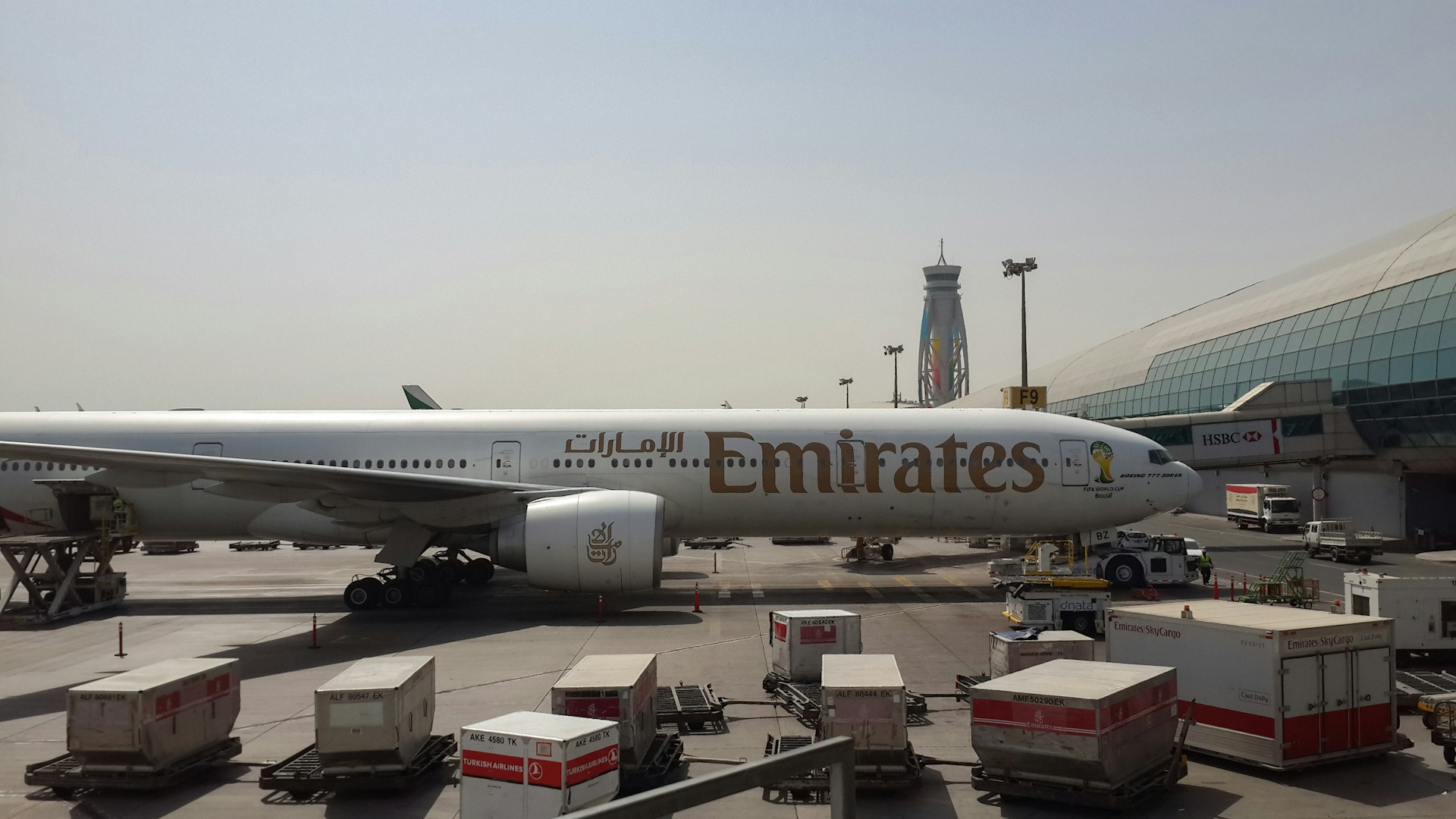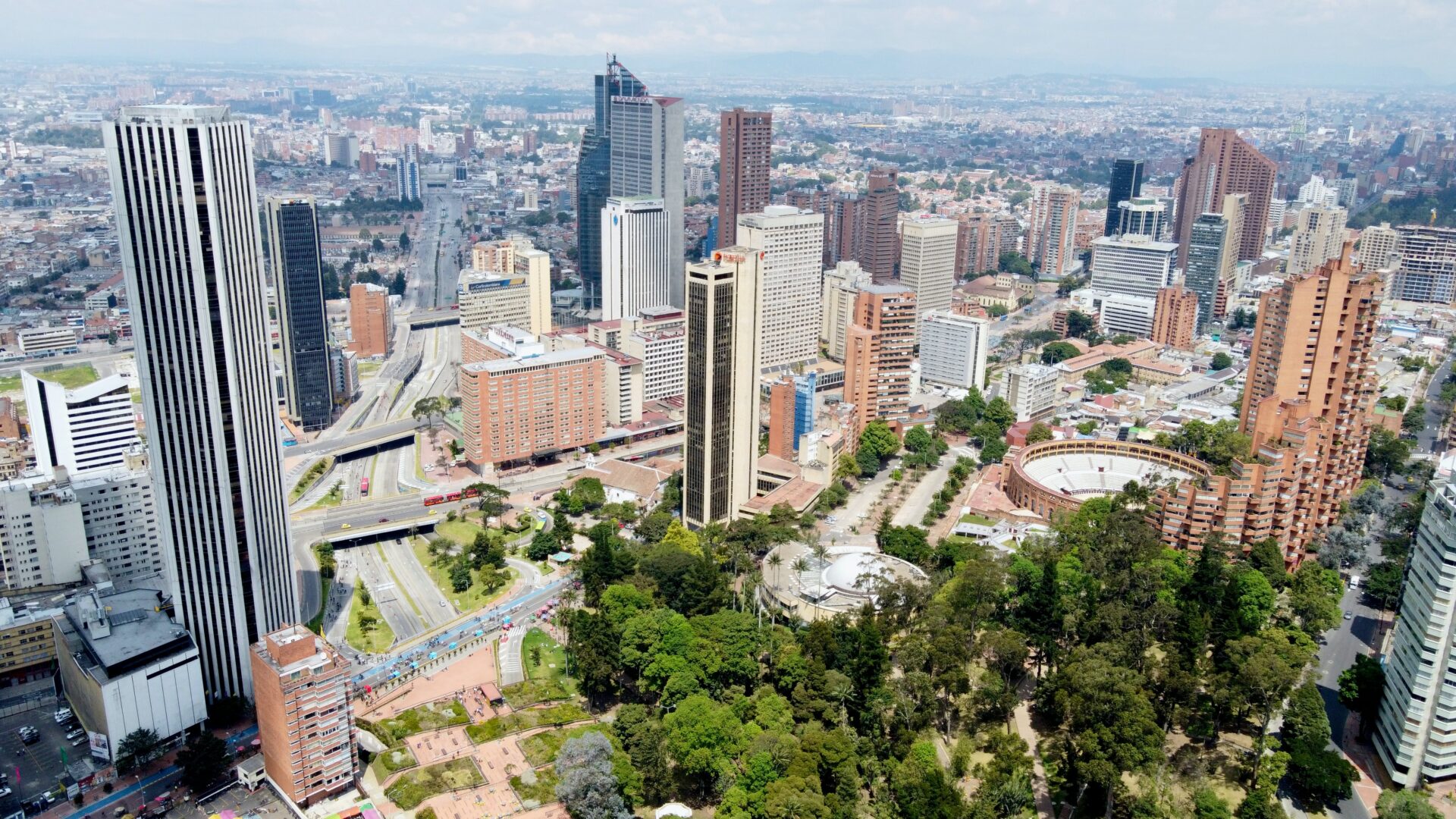Asia and World Economic Outlook
Asia is at the center of global growth despite global economic uncertainty and geopolitical tensions. The recovery of tourism, strong domestic demand, and improving semiconductor exports continues to drive the region’s growth.
Asia-Pacific is projected to grow at 5% in 2024 and 4.9% in 2025. The growth momentum is strong with Asia expected to contribute around 60% to global economic growth. The Indian and Chinese economies are essential forces driving this growth.
Technology adoption in Asian markets is high, with digitalization playing a key role in transforming economies. The region has taken big strides in industrial manufacturing, automotive and mobility, consumer electronics, digitalization, and semiconductors.
Promising economic growth over the last decade has transformed Asia into a manufacturing and trading hub. Asia plays a vital role in influencing global trade. In the decade up to 2023, countries in Asia Pacific contributed to 69.9% of global GDP growth.
An era of globalization facilitated interconnectedness of economies and interdependence for economic prosperity. The onset of the pandemic sent shockwaves across the global economy and disrupted supply chains across the world. This led to economies considering a temporary shift to regionalism. Global trade was boosted by the reopening of international borders and economies shifted from temporary localization to the pre-pandemic era of globalization.
Asia is poised for further growth but challenges remain. The region’s exports were boosted by strong global demand for electronics. China’s long-drawn property sector weakness continues to impact household spending and influence consumer sentiment. The lowering of inflation is pushing central banks to ease policy rates and support economic activity.
The US Presidential elections outcome will now be a major decisive factor in driving global trade with implications on Asian economies. Increasing tariffs on all global imports and higher tariffs on imports from China could reignite trade tensions between the US and China.
Escalating tensions in the Middle East and the Russia-Ukraine conflict in Europe are impacting shipping routes and driving fluctuations in energy prices. Higher energy prices could spill over and potentially impact prices of other commodities, dampening investor sentiment and worsening the region’s broad economic outlook.
Asia’s economic growth and increasing influence on global trade will present new challenges, responsibilities, and obligations. This topic will be discussed at the upcoming Horasis Asia Meeting, being held in UAE, between 18-19 November 2024. This year’s meeting focuses on Dubai as a new economic hub, connecting Asia to the Middle East, Europe and African regions.
Overcoming Challenges to Growth
To continue the promising growth trajectory and sustain economic growth, Asian leaders will have to tackle a wide range of challenges which can exacerbate prevailing tensions or create new risks to threaten the region’s security and stability.
Social cohesion and stability could be impacted by increasing inequality within countries. Nations in the region could be destabilized by rising income disparities. Policy measures must focus on transitioning from resource driven growth to productivity driven growth.
The increasing standards of living among aspirational Asians could drive demand for premium products placing pressure on finite natural resources. These pressures lead to adverse impact on the environment by way of increased carbon footprint and climate change. Global warming and climate change are threatening agricultural production, coastal populations, and infrastructure.
Combating these challenges will determine the further growth of Asian economies. Asian economies must prioritize inclusive growth by reducing inequalities through enhanced education, institutional improvement, infrastructure development and openness to external markets. Policy measures must target optimum usage of resources, higher awareness of climate change, and the adoption of sustainable practices.
Further growth of the Asian economy hinges on its ability to balance regional cooperation and maintain an openness with the rest of the world.
The Importance of UAE as a Transport Corridor
The UAE has consistently invested in the transportation and logistics sector ranging from robust road networks to aviation capabilities. The adoption of blockchain for streamlining processes highlights its commitment to efficient and transparent trading.
Strategically located at the crossroads of the East and West, the UAE is a thriving hub for global trade. The unveiling of the India-Middle East-Europe Economic Corridor (IMEC) will utilize UAE’s roads, seaports, and logistics networks strengthening its importance as a critical node in global trade routes.
The IMEC transport corridor underscores the importance of the energy rich Gulf Arab states in global trade as the world increasingly looks to the East for economic prosperity.
Photo Caption: Strategically located at the crossroads of the East and West, the UAE is a thriving hub for global trade.



